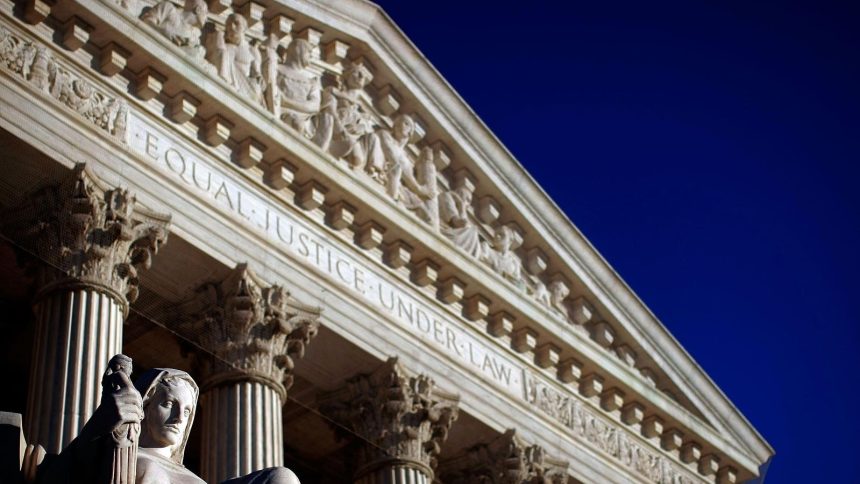It is important for all taxpayers to be at least aware of the power of the IRS, in an effort to incentivize compliance. This is due to the IRS possessing many arrows in its quiver to enforce US taxpayers’ payment of a deficiency. The IRS possesses an assessment statute of limitations which is generally three years from the time a tax return is filed to make the assessment. Once the IRS determines the taxpayer’s deficiency, under Section 6502, the IRS possesses a collection statute of limitations of 10 years (“Collection Statute”). Therefore, the IRS has three years after the tax return is filed to assess the tax owed and then ten years after the assessment to collect the tax.
During the 10 years, the IRS has the power to garnish wages, impose a levy on bank accounts and file a lien against real property (e.g. a person’s home). The most common reprieve from a federal tax lien is the expiration of the Collection Statute. Under Section 6322, the federal tax lien arises when the deficiency is assessed and continues until the liability is satisfied or becomes unenforceable when the Collection Statute expires. Typically, under Section 6322, the levy or a court proceeding to collect the back taxes may only occur if the levy or the proceeding starts within 10 years from assessment.
Methods The IRS Can Use To Extend A Lien
Although a lien typically expires after 10 years from assessment, there are various ways this period is extended:
- Under Section 6015(e)(1)(B), when a taxpayer seeks innocent spouse relief;
- Under Section 6322, when a suit to reduce the lien to judgment is pending;
- Under Section 6330(e)(1), while a CDP hearing or an appeal thereof is pending;
- Under sections 6502(a)(2) and 6331(k)(3), the duration of a written waiver in connection with an installment agreement, installment agreement request, levy release, an appeal to an IRS determination, or an offer in compromise;
- Under Section 6502(a), a judgment based on a tax claim can be collected after the 10-year period because the levy is secured for the life of the judgment.
- Under Section 6503(a)(1), the period when a deficiency related to the tax liability is pending before the Tax Court, plus an additional 60 days thereafter;
- Under Section 6503(b), while all the taxpayer’s assets are in the custody of a court and six months thereafter;
- Under Section 6503(c), the time a taxpayer is outside the United States, if it is continuous and for at least six months;
- Under Section 6503(d), the period during which an estate tax liability is subject to an installment payment arrangement under Sections 6161, 6163, or 6166.
- Under Section 6503(f)(1), the period, and an additional 30 days, from the date that the property of a third party was wrongfully seized (in an attempt to satisfy the taxpayer’s liability) to the date that the property is returned, or the wrongful levy suit judgment becomes final;
- Under Section 6503(h), the period when the automatic stay (11 USC Section 362) in a bankruptcy case is in effect, and plus an additional six months;
A Tax Claim To Judgment
As discussed, there are various ways the government can extend the 10-year lifespan of a lien, the most notable is when the IRS brings a judicial proceeding to reduce the tax claim to judgment. Under Section 7402, the federal district courts have subject matter jurisdiction over suits to obtain judgments pursuant to the internal revenue laws.
The proceeding of reducing the tax claim to judgment extends the life of the lien for the duration thereof. Additionally, if the government wins the proceeding, the lien’s life span is extended indefinitely. This is because the federal tax lien is enforceable as a matter of the judgment.
The IRS Possibly Broadening This Power
Currently, the IRS Internal Revenue Manual (”IRM) directs the IRS Chief Counsel to issue a notice of deficiency and follow a list of standard procedures before recommending to the DOJ to file suit in federal district court. The IRS is first supposed to conduct an investigation, prove that all administrative remedies were exhausted, including imposing a lien on the taxpayer’s property, and formally write up their findings before delivering the recommendation that the DOJ should file suit.
Earlier this month, in June of 2023, the DOJ may have demonstrated that they possess the ability to surpass the aforementioned steps. In United States v. Liberty Global
LBTYA
The court concluded that the government had a common law right to sue a taxpayer in federal district court for an income tax deficiency. As the government admitted in its brief, “none of the authorities cited [] address the precise situation – though they lay out the general principles the Court should apply.”
The DOJ typically only files suit when there is a very large outstanding debt but this is one option the IRS possesses to recover any outstanding debt that all taxpayers should be aware of.
Read the full article here






